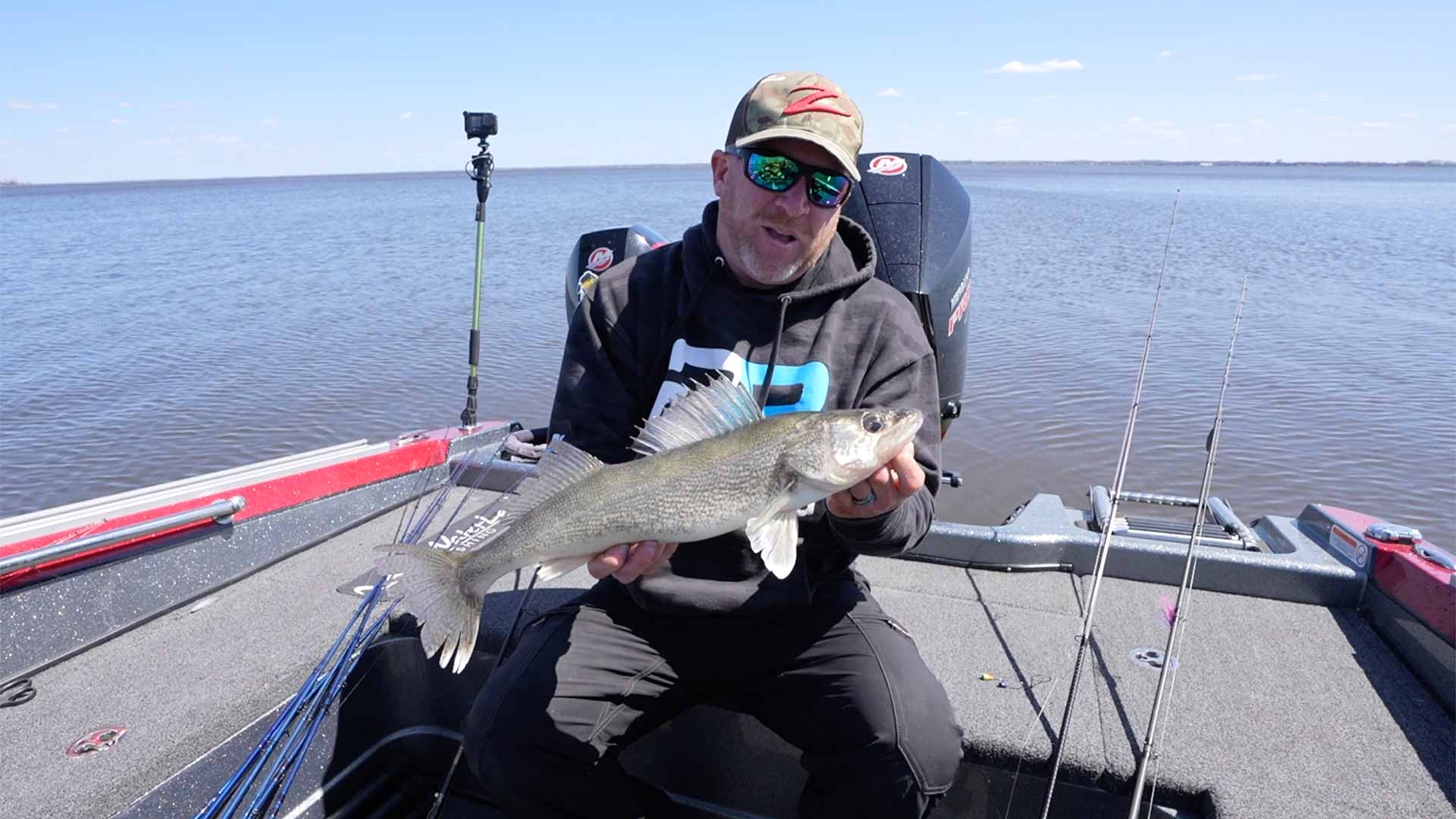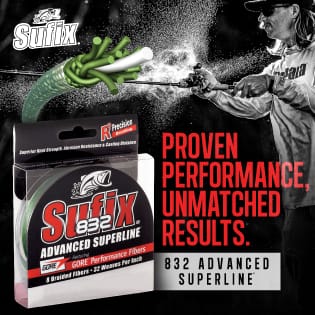It’s the beginning of April and James Lindner and Mike Hehner are on a brown trout trolling mission on the south shore of Lake Superior, though they will inevitably run into some bonus brook trout, salmon, lake trout, splake and even rainbow trout!
In spring, Great Lakes trout often suspend near the surface a short distance offshore. It’s a unique opportunity as there’s a number of different species they could catch longline trolling Rapala crankbaits in these areas.
Brown trout are not native to America. They were originally imported from Germany and are sometimes referred to as German Browns. Over the years, they have been stocked into and now inhabit a variety of stream, river and lake habitat. The trout family is unique in that a big fish is relative to it’s environment.
In small streams, brown trout usually gravitate towards lower, slightly warmer and more fertile stretches that provide minnows and insect forage. Big fish may run a couple of pounds in these environments.
In moderate-to-large rivers with more fertility, brown trout may inhabit a variety of areas to dine on a wide variety of food sources. While insects are certainly important to their diets, browns tend to grow larger where minnows and small fish provide significant food sources. Depending on what the river offers, big browns may run a respectable 3-5 pounds, a heft 6-8, or even reach a whopping 10 pounds on occasion.

Today, many of the largest browns on earth inhabit the Great Lakes, with fish size depending on local conditions.
Currently, the area of Lake Superior where James and Mike are fishing is known for producing browns in the 6-8 pounds range with the big fish weighing in at 15 pounds. Just a few hours to the east, bays and river mouths along Lake Michigan’s western shoreline produce real monsters from the Door County peninsula down to the Racine, Wisconsin where the current world record fish was caught.
While the size of brown trout varies according to local conditions, the tactic of longline trolling crankbaits will catch top-end browns in lake and reservoir environments wherever they swim.
You’ve heard people say you can never have too many crankbaits, well that’s certainly the case when you’re trolling for trout. You’ll want Shallow Shad Raps, Deep Shad Raps, Original Floaters, and don’t forget about Scatter Rap crankbaits. They have a unique hunting action that can be extremely productive for trout under the right conditions.
One critical factor for this technique is color selection. Use a wide variety of colors as your begin your day on the water and narrow things down as the fish begin showing preferences. More than most species of fish, trout can be particularly picky when it comes to bait size, profile and color.










